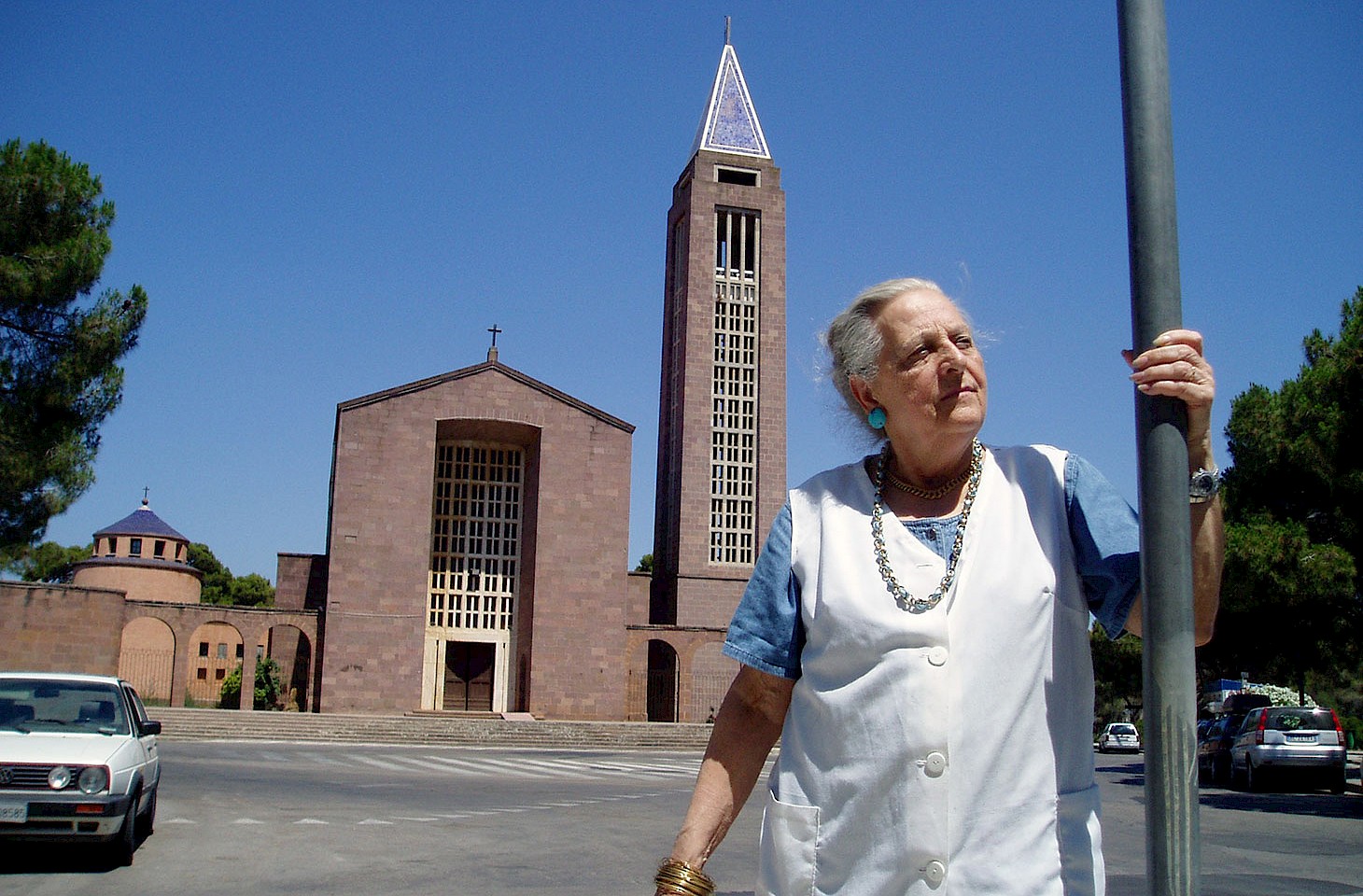Dear fellow travellers
It's too easy to pigeonhole Geneva as the city of Calvin. The vibrant Swiss city is very much more. While in Geneva earlier this month, we made time of course for the impressive Mur des Réformateurs in Parc des Bastions. The Reformation Wall, completed in 1917, is a tremendous reminder than this is a city which cherishes its role in the Reformation and sees itself as a model of Calvinistic republicanism.
The lakeshore city which the English reformer and biblical scholar William Whittingham described as "the mirror and model of true piety and religion" became a refuge for exiles from England during the reign of Queen Mary I, a Catholic monarch with a zero-tolerance policy towards Protestants. The dissident reformers, often referred to as Marian exiles, found refuge in Frankfurt, Geneva and other cities on the continent.
All who make their way to Geneva are struck by the sheer beauty of the city's setting. The Huguenot poet Jean Tagaut, who arrived in Geneva in 1554, the same year as the first group of Marian exiles from England, found in the landscapes around Geneva "une exaltation vraiment surnaturelle." Tagaut was sure that "the angelic hosts on the surrounding mountains keep a watchful eye over the city of Geneva." He possibly overlooked that the radical tendencies of Geneva found no favour in the city's largely Catholic hinterland.
Geneva has always made space for radicals of all persuasions. Three hundred years after Calvin's death in 1564, the city emerged as a hotspot in the development of anarchist and socialist ideas which were to make waves across Europe. In 1866, Geneva hosted the first general congress of the First International at the Temple Unique. During our time in the city, we visited the building which became, in the words of the Russian anarchist thinker Peter Kropotkin, "a people's university as well as a people's forum." Even after the First International slipped into political history, Geneva remained a magnet for Europe's radical thinkers.
Just west of the Parc des Bastions is the university library where Lenin often worked. Opposite the library, at rue de Candolle 6, is the one-time home of Georgi Plekhanov, the Marxist theoretician often revered as the father of Russian socialism. Plekhanov moved to Switzerland in 1880, and only returned to his native Russia in 1917. The rue de Candolle is a handsome road and it's hard to imagine that great schemes were debated here and in the cafés on the neighbouring streets. Plekhanov teamed up with other Geneva-based socialists to form the first-ever Russian-language Marxist organisation - the Emancipation of Labour group, created in Geneva in 1883.
This quarter of Geneva is where the future of Russia was planned. Lenin regularly met with Bolsheviks at the Café Landolt. His wife Nadya Krupskaya wrote that "the Bolshevik heart of Geneva is to be found on the corner of the celebrated Karuzhka, an area full of emigrant Russians." So we wandered along Karuzhka, more formally known as rue de Carouge, imagining a buzz of Russian voices. The Café Landolt is sadly gone, and along with it the wooden table on which Lenin, during one of those long evening discussions, is said to have carved his name.
In one of those strange twists of fate, we noted that the building on rue de Candolle where Plekhanov lived now houses an asset management company - a fine example of capitalism biting back. The Temple Unique, the one-time Masonic temple which hosted the fiery debates of the First International, is now a Roman Catholic church which is home to Geneva's Spanish-speaking Catholic community. It's a nice reminder that the city of Calvin welcomes all-comers. That, in a nutshell, is what makes Geneva so very engaging.
Nicky Gardner and Susanne Kries
(editors, hidden europe magazine)



